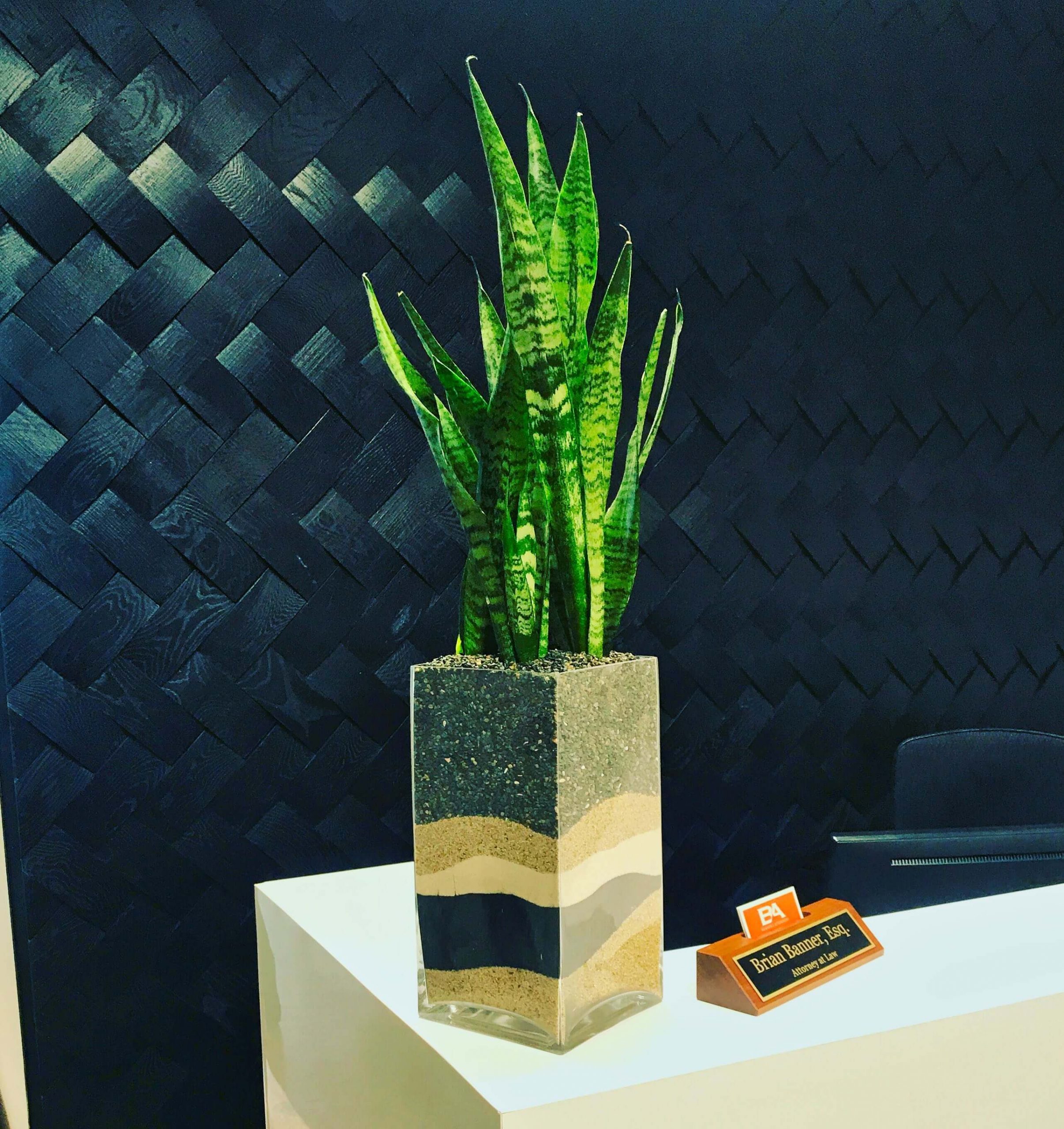
When it comes to plant maintenance, it’s easy to become overwhelmed. With so many different plants out there, each with its own unique care requirements, it can be hard to know where to start or what exactly to do. But the truth is that all plant owners, regardless of their chosen flora, need to follow a few essential steps to keep their plants healthy and thriving.
First and foremost, all plant owners need to provide their plants with adequate light. Different plants require different amounts of light, so make sure to research your species and give it the appropriate amount. Place plants in direct sunlight during the morning and afternoon, and then move them to indirect light in the late afternoon to help prevent sunburn. If you’re unable to provide sufficient natural light, consider investing in a grow light. This will help your plants get the light they need to flourish.
Second, make sure to keep your plants properly watered. Overwatering can lead to issues such as root rot and other issues, so it’s important to check the soil before deciding how much to water. Take time to read up on your species to learn what type of soil and watering schedule works best for them. Keep an eye out for signs of overwatering or underwatering, such as wilting or yellowing leaves.
The next essential step in plant maintenance is fertilizing. There are a variety of different fertilizers available on the market, so it’s important to find the type and strength that works best for your plants. Different plants need different amounts of fertilizer, so make sure to research the specific requirements for each type. It’s also important to remember to use only organic fertilizer, as chemical fertilizers can damage the delicate plant roots and leave them vulnerable to pests and disease.
Pruning is another key component of plant maintenance. Pruning helps encourage new growth, remove dead leaves and stems, and shape your plants – making them look better and allowing them to take in more light and nutrients. Be sure to use sharp pruners and make cuts at a 45-degree angle. For larger plants, make sure to use a ladder and safety harness to avoid serious injury.
Finally, all plant owners need to inspect their plants regularly for signs of pests and disease. Many common pests can be easily spotted, while diseases may require a bit more detective work. Keeping an eye out for discoloration or distorted leaves, wilting, or mold growth can help you detect problems early and take action to address them. Insecticidal soaps or neem oil can help get rid of pests, while using a fungicide is essential for treating fungal diseases.
By following these essential steps to plant maintenance, all plant owners can ensure their plants stay healthy and happy. With adequate light, proper watering and fertilizing, timely pruning, and inspections for pests and disease, you can ensure your plants will thrive and give you years of beauty and joy.
If you want to learn more about plant care and maintenance, give California Plantscapes a call and speak with one of our plant experts.
